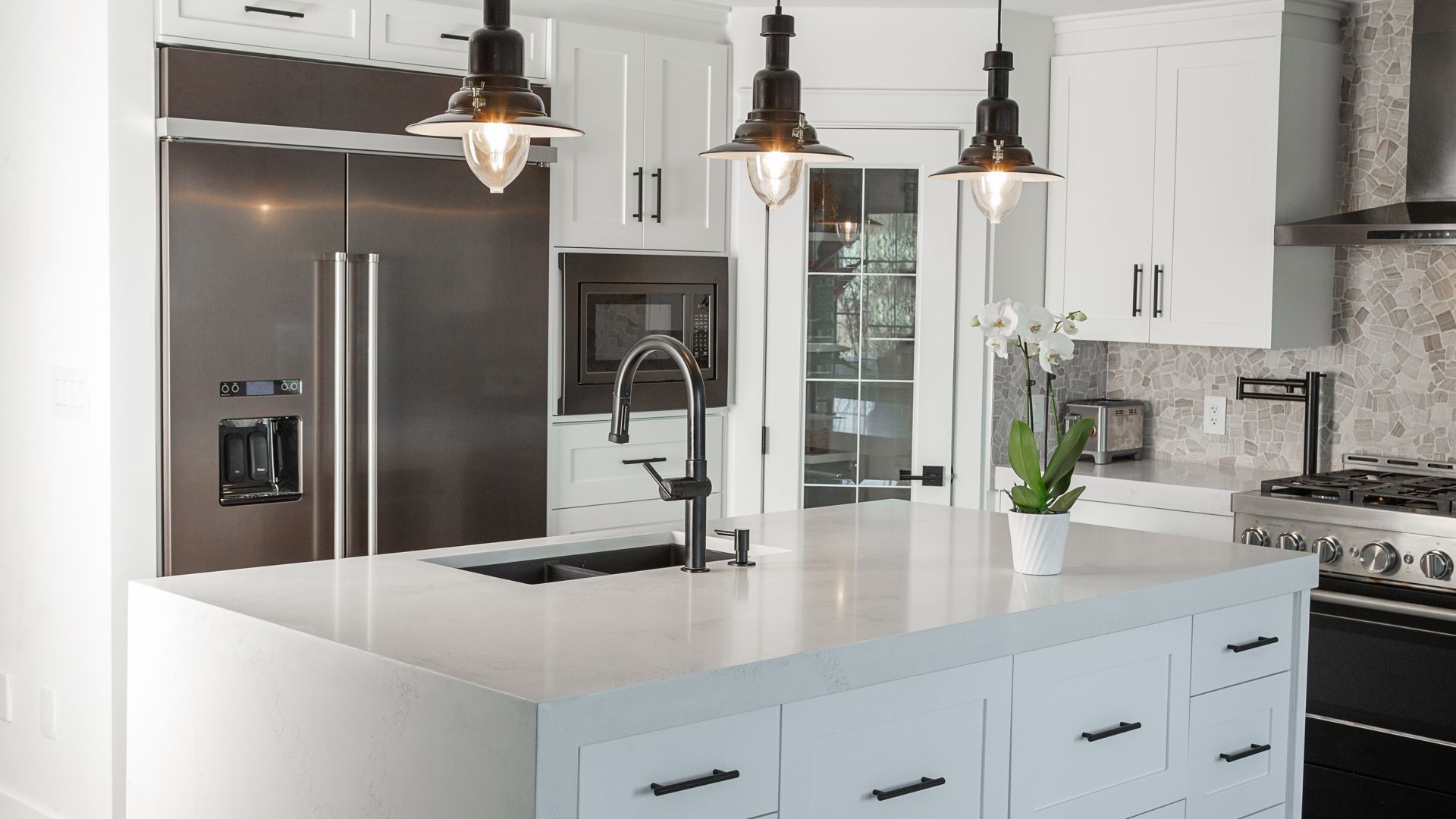Plumbing has been in use for thousands of years, and as long as there has been plumbing, there have been pipes which make it work. From the early days of aqueducts in ancient Rome to the first public sewer systems in Europe, there has always been a need to transfer water from a source to a home, and then move waste from the home to a disposal site. This job has always been done with some sort of pipe.
Today, pipes are manufactured from many different materials, each with their own pros and cons. Different materials are best for different applications, and thus many of these materials are found commonly, though in many different uses.
Here are four different types of pipe materials, and the pros and cons of each of them, as well as where you might find them in use today.
Copper
First, arguably the most common type of pipe you’ll find in your home: copper. Copper is one of the most abundant metallic elements on the planet, and its high durability, low susceptibility to corrosion, and ability to be worked with ease have made it a pretty popular choice for manufacturing plumbing lines. The overwhelming majority of homes throughout the Memphis area and all across the country were either built with copper pipes in the walls, or have since had copper retrofitted to replace an older, corroding type of metal like galvanized steel.
However, even though copper is abundant and easy to work with, it does require a considerable amount of skill to use in plumbing. Joints need to be welded and soldered together, and leaks can easily form if you’re inexperienced. Likewise, copper is not immune from corrosion, just less prone to it. Over time, water will eventually cause copper lines to corrode and wear out.
Plastic
Modern plastics seem to have some of the best of all worlds. Chemically engineered materials are low-cost, easy to manufacture, lightweight, and incredibly strong. PVC is arguably the most common, but PEX and ABS are also regularly used. The biggest benefits to this type of plumbing is that they can be built to nearly any size, ranging from the smallest of waterways to the largest applications. They can even be made flexible for water lines that need to bend around corners. They’re also almost entirely immune from corrosion, as they don’t react with water, keeping your water supply safe and sanitary.
However, they’re also not necessarily the longest-lasting. Plastic pipe has been known to be prone to damage, and that could mean leaks. Solid plumbing pipes are the worst in this regard, as they tend to quickly wear out with exposure to the elements. They quickly become brittle in extremely low temperatures. Expect to see a lot of plastic pipe used for indoor applications in your home, such as under sinks, running to refrigerators, and more. But don’t expect to see a lot of it for outdoor use, unless it’s being buried underground.
Clay
Clay pipes have been in use for centuries. They’re manufactured from clay that naturally occurs in the ground beneath our feet that’s made soft, formed into shape, and then solidified in a blazing hot oven. The result is an entirely natural plumbing line that’s capable of withstanding decades of heavy use in outdoor applications, specifically buried underground. Improvements in technology have even helped them become stronger and more reliable.
However, their biggest weakness is their durability. Clay is a brittle material, and any sort of heavy impact can cause either a crack, or even a complete shatter in a clay pipe. Don’t expect to see a ton of them in your home, but many older cities still operate with clay pipes beneath their streets, serving as public water mains.
Cast Iron
Iron is yet another extraordinarily common metallic element, and that means it’s fairly easy to manufacture plumbing lines out of it. However, because of its nature, it doesn’t tend to get along well with water. Cast iron plumbing lines tend to corrode more rapidly with exposure to water, particularly clean water from your local supply, as its lower pH level causes a stronger reaction with the material, particularly in oxidization.
However, what cast iron works great for is plumbing waste lines. It’s extremely easy to manufacture cast iron lines that are larger diameters, and their heavy weight and thick walls make them extremely difficult for tree roots and other debris to penetrate, potentially leading to a clog.
That being said, their downsides are seeing them slowly phase out of use. Today, most modern homes are being built with plastic materials for their waste lines due to their significantly reduced weight, lower cost, and ready availability. However, it’s still not uncommon to find sewer and waste lines constructed from cast iron, which can last for centuries when buried underground and protected from the elements.
Got a problem with one of your pipes? Call the Memphis plumbers from Smith’s Plumbing Services at (901) 290-1110 and we’ll get it fixed for you!